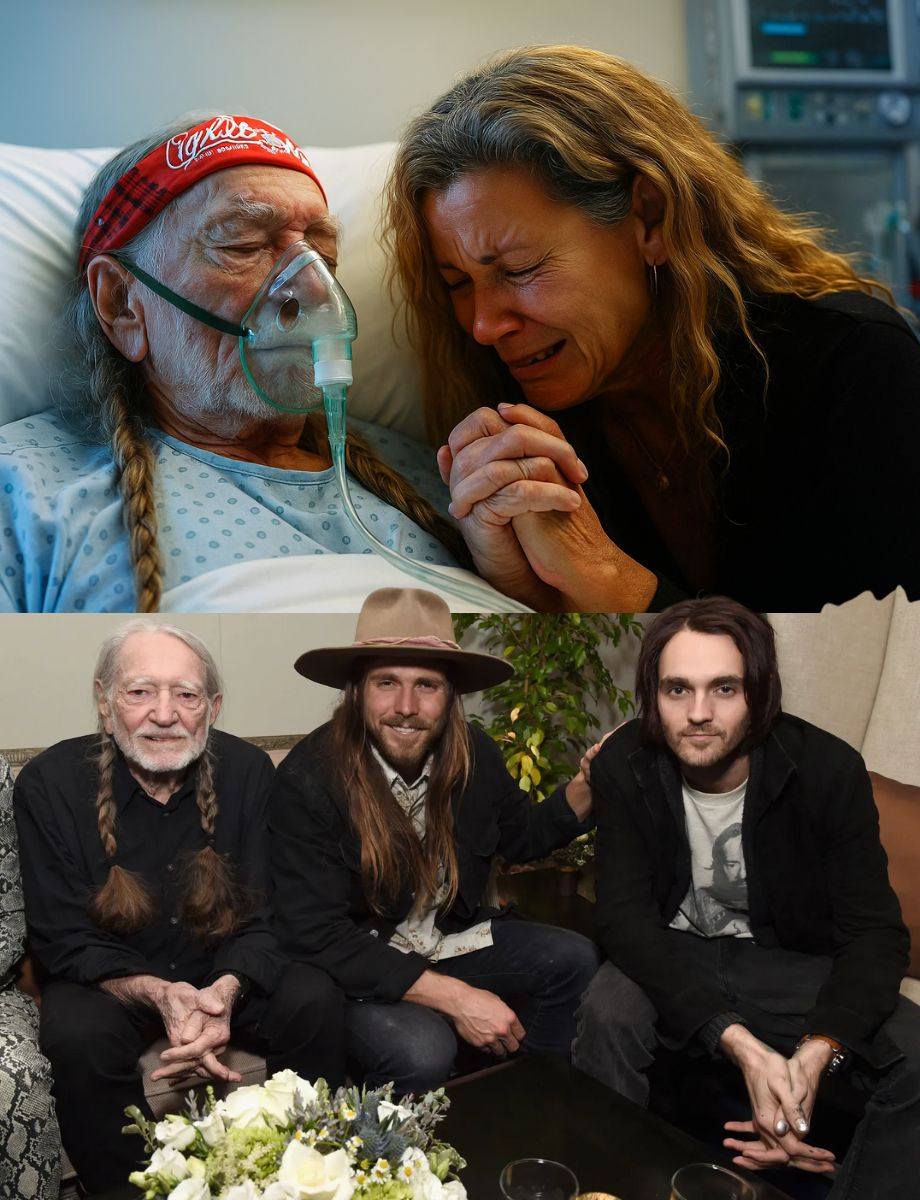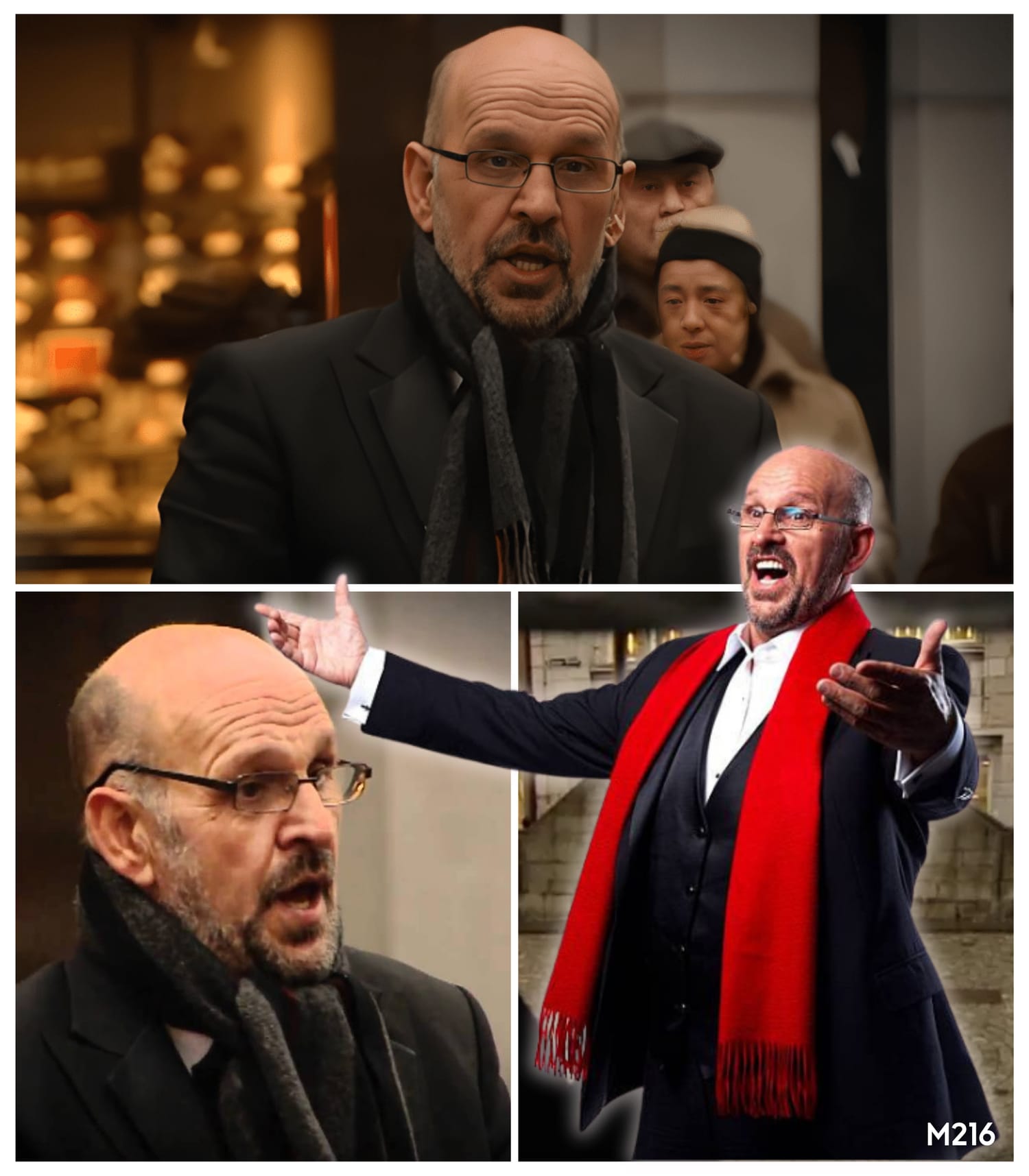For anyone who was operating under the folk rock umbrella in the late 1960s and early 1970s, it was common for their exploits to be regarded as ahead of their time.
Folk had always been a genre of tradition, and so to incorporate elements of the burgeoning rock scene meant that those who were attempting to merge the two were trailblazers.
One of the bands that certainly did this in a way that felt novel for the time it was released was Crosby, Stills & Nash. Their self-titled debut record as a trio was widely regarded as one of the high points of the formative years of this genre blend, and still stands tall today as one of the finest examples of a crossover between the two differing styles, for how it used folk harmonies and instrumentation, and layered them with a more progressive approach to production and delivery.
When the trio brought Neil Young on board for their second album, and thus, their first album released as Crosby, Stills, Nash & Young, things took an even more rock-inspired angle, and the quartet continued to dazzle audiences with the ways in which they chose to meld together the more traditional aspects of folk music with a certain rawness that stemmed from what the rock bands of their time were creating.
However, the band would embark on a hiatus after the 1970 release of Déjà Vu, with Young’s solo career taking off in a remarkable fashion around this time. The remaining three wouldn’t release another album as a trio until 1977, and in the meantime, also chose to go their own separate ways to see how far they could take their individual sounds and develop their own unique takes on folk rock.
In the case of David Crosby, he released his debut album, If I Could Only Remember My Name, in 1971, and the psychedelic influence that he placed on top of the folk, rock and country elements meant that he was pushing things even further in a direction that was not yet being explored to its full potential. Crosby’s debut outing may not have been celebrated in quite the same way as his two previous efforts alongside the rest of his supergroup, but it is still perhaps one of the most inventive and forward-thinking records of its ilk to have been released in the early 1970s.
In an interview with Fretboard Journal in 2013, several decades on from its release, it was suggested to Crosby that if it were a contemporary release, it would be receiving plenty of attention on college radio stations and getting airplay alongside the indie rock bands of the modern era, which Crosby took as a sense of vindication for having believed in the record at the time when critics were dismissive of its experimental nature.
“I think it was a little too far ahead of its time,” Crosby suggested. “You probably don’t know this, but Rolling Stone, when they reviewed it, they said it was ‘mediocre’. That’s the word they used. And I think it’s ’cause they didn’t understand it and because it wasn’t like anything else that had come out. But still, to this day, a lot of people like it.”
It may not have received the attention it deserved to garner at the time, but Crosby’s vision for the record is quite easy to look back on now as one of the first, even if unintentionally, forays into indie rock that was ever committed to record, and for that, you have to tend to agree with him that he was working way ahead of the curve.





